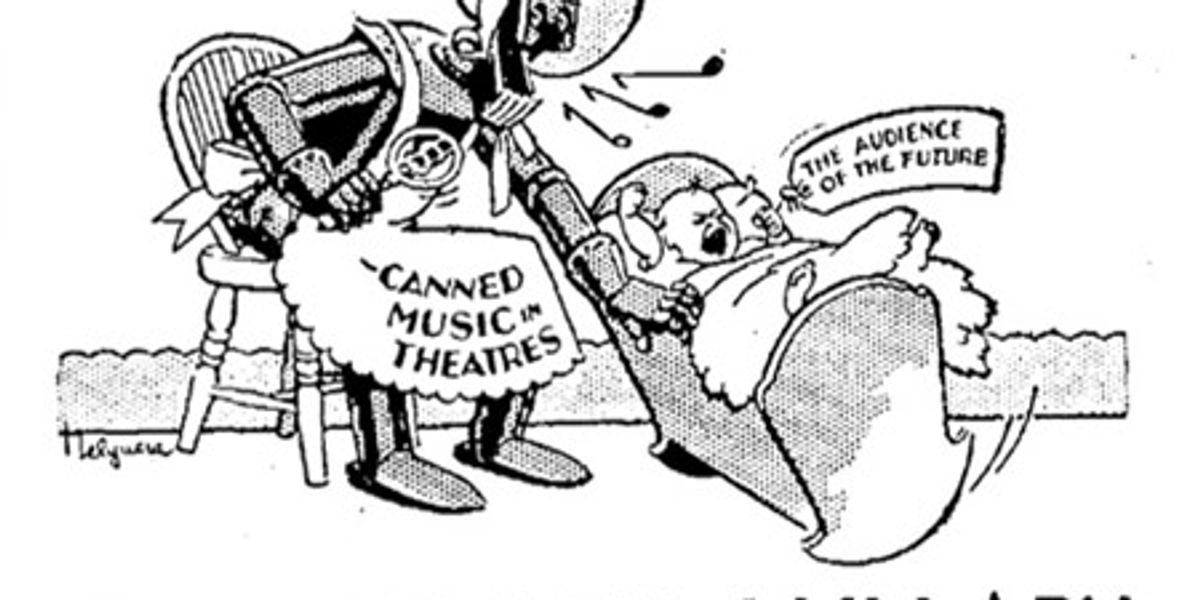Wabot 2

Wabot 2 was a humanoid robot that could read a musical score and play an electronic keyboard. It had a camera for a head and five-fingered hands capable of performing precise and delicate movements.
- Creator
- Year
- 1980
- Country
- Japan 🇯🇵
- Categories
- Features
Did you know?
The keyboard Wabot 2 played was a Yamaha FX-1.

History
In 1970, four laboratories in Waseda University's School of Science and Engineering teamed up and started the Wabot project. The efforts were led by Professor Ichiro Kato, a pioneer in humanoid robotics who was known as the "father of Japanese robotics research." In 1973, the group unveiled the Wabot 1. It was the world's first full-scale anthropomorphic robot, capable of walking with a quasi-dynamic gait. It could also speak and grasp objects. In 1980, the group started working on a new robot. In 1984, they introduced Wabot 2, a 50-degrees-of-freedom humanoid that was able to read musical scores and play an electronic keyboard.

Specs
- Overview
Anthropomorphic design. Equipped with 3-degrees-of-freedom fingers. Capable of playing in tune with a singer.
- Status
Discontinued
- Year
1980
- Website
- Weight
- 90 kg
- Sensors
CCD camera, position sensors (potentiometers), DC tachometer generators, rotary encoders.
- Actuators
DC motors and harmonic drive.
- Degrees of Freedom (DoF)
- 50 (Hand: 14 DoF x 2; Arm: 7 DoF x 2; Leg: 4 DoF x 2)
- Materials
Carbon fiber reinforced plastics
- Compute
One Zilog 6MHz 16-bit Z8001 CPU (high-level limb control), two 4MHz 16-bit Z8002 CPUs (middle-level control during playing), and 50 4MHz 8-bit Z8094 CPUs (low-level motor control, one CPU per DOF).
- Software
Unix OS and control system written in C and assembly code.
- Power
External power supply







